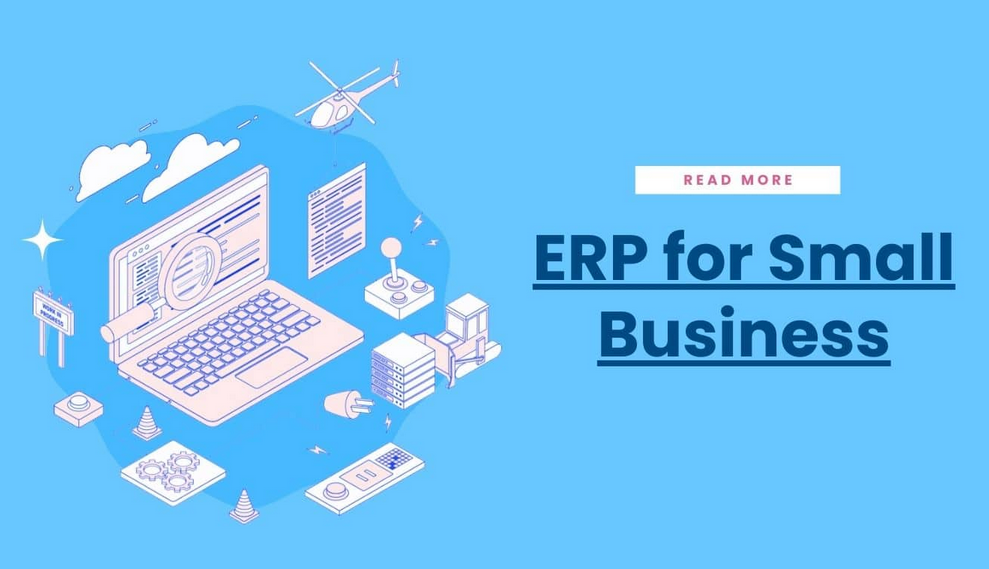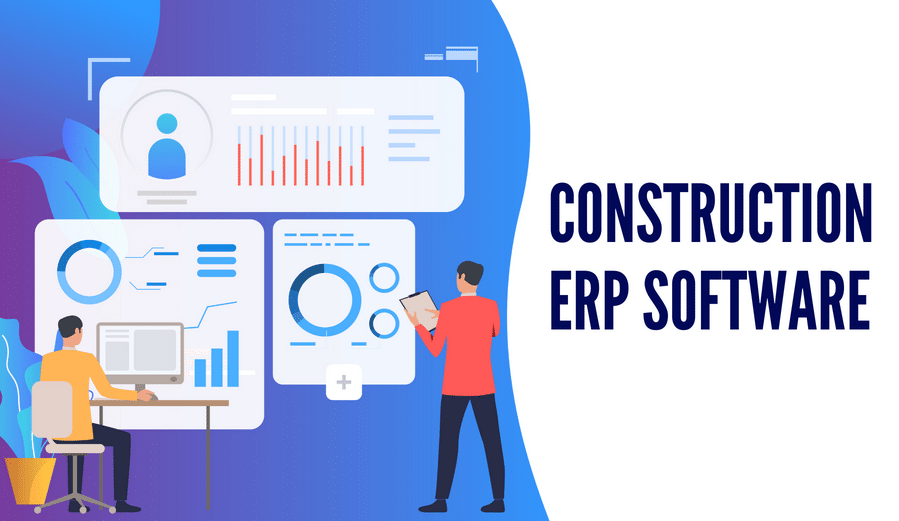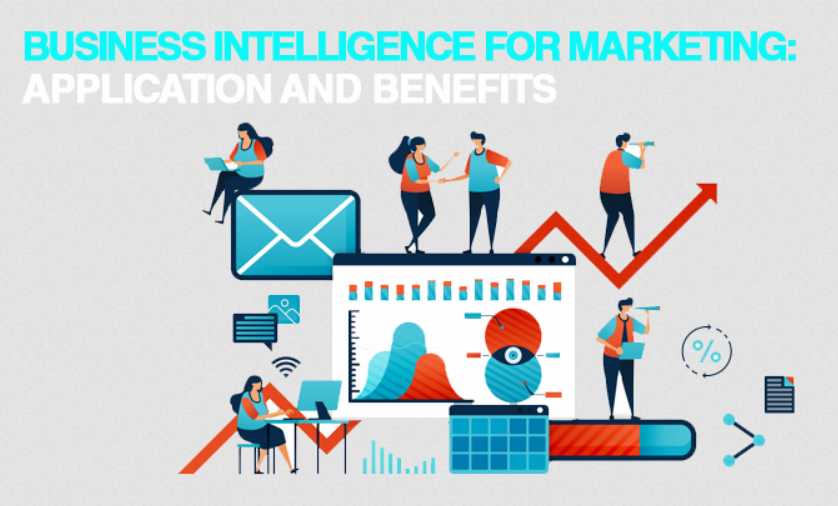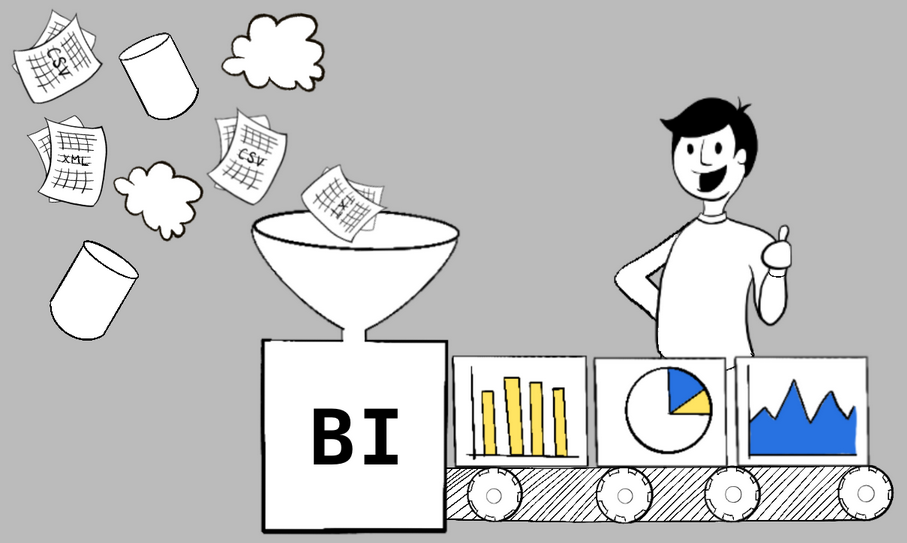Introduction to ERP for Small Business – In today’s competitive landscape, small businesses often find themselves juggling numerous tasks simultaneously. From managing finances to handling inventory and customer orders, the workload can quickly become overwhelming.
This is where Enterprise Resource Planning (ERP) systems come into play. ERP software integrates various business processes into a single platform, providing small businesses with the tools they need to streamline operations and drive growth.
Understanding ERP Systems
What is ERP?
ERP stands for Enterprise Resource Planning. It is a type of software that helps businesses manage and integrate core processes such as finance, HR, procurement, inventory, and customer relationship management. By consolidating data and processes into a unified system, ERP enables businesses to make informed decisions, improve efficiency, and enhance collaboration.
Components of ERP Systems
ERP systems typically consist of modules designed to handle specific functions within an organization. These modules may include financial management, supply chain management, human capital management, customer relationship management, and more. Each module is interconnected, allowing data to flow seamlessly between departments.
Importance of ERP for Small Businesses
Small businesses face unique challenges that can hinder growth and scalability. Implementing an ERP system can address many of these challenges by providing the following benefits:
Efficiency and Productivity
ERP streamlines repetitive tasks and automates workflows, allowing employees to focus on more strategic activities. By eliminating manual data entry and reducing errors, businesses can operate more efficiently and achieve higher levels of productivity.
Cost Reduction
While the initial investment in an ERP system may seem daunting, the long-term cost savings can be substantial. By centralizing data and processes, businesses can reduce overhead costs, minimize inventory holding costs, and optimize resource utilization.
Streamlined Processes
ERP integrates various departments and functions into a single platform, eliminating silos and promoting collaboration. This seamless integration ensures that everyone in the organization has access to real-time data, enabling faster decision-making and better resource allocation.
Choosing the Right ERP System
Selecting the right ERP system is crucial for small businesses to maximize the benefits and minimize implementation challenges. Here are some factors to consider:
Assessing Business Needs
Before investing in an ERP system, it’s essential to assess your business needs and objectives. Consider factors such as industry-specific requirements, growth projections, and existing pain points to determine which features and functionalities are most critical for your organization.
Scalability
As your business grows, so too should your ERP system. Look for a solution that offers scalability and flexibility to accommodate future expansion without significant disruptions or costly upgrades.
User-Friendly Interface
Ease of use is paramount when selecting an ERP system, especially for small businesses with limited IT resources. Choose a solution with an intuitive interface and comprehensive training resources to ensure quick adoption and minimal downtime.
Implementation Process
Implementing an ERP system requires careful planning and execution. Here’s a brief overview of the implementation process:
Planning Phase
During the planning phase, businesses should define project goals, establish a budget and timeline, and assemble a cross-functional implementation team. Conduct thorough research, solicit vendor proposals, and select a solution that aligns with your business objectives.
Deployment Phase
Once the ERP system has been selected, the deployment phase begins. This involves installing the software, configuring settings, and migrating data from legacy systems. It’s essential to work closely with the ERP vendor and follow best practices to ensure a smooth transition.
Training and Support
Training is critical to the success of an ERP implementation. Provide comprehensive training sessions for end-users and administrators to familiarize them with the new system and its features. Additionally, ensure ongoing support and maintenance to address any issues or concerns that may arise post-implementation.
Common Challenges Faced by Small Businesses
Despite the numerous benefits of ERP, small businesses may encounter some challenges during implementation. Here are a few common hurdles and how to overcome them:
Budget Constraints
ERP implementation can be costly, especially for small businesses with limited resources. To mitigate budget constraints, consider cloud-based ERP solutions that offer flexible pricing models and scalability without the need for significant upfront investment.
Resistance to Change
Change management is another significant challenge in ERP implementation. Employees may resist adopting new processes and technologies due to fear of the unknown or concerns about job security. To overcome resistance, involve employees in the decision-making process, provide training and support, and communicate the benefits of the ERP system effectively.
Integration Issues
Integrating ERP with existing systems and processes can be complex, particularly if legacy systems are outdated or incompatible. To address integration issues, conduct a thorough assessment of existing infrastructure, work closely with vendors to ensure compatibility, and prioritize data migration and integration tasks.
Benefits of ERP for Small Businesses
Despite the challenges, the benefits of ERP for small businesses are significant and far-reaching. Here are some key advantages:
Improved Data Accuracy
ERP centralizes data and eliminates redundant data entry, reducing the risk of errors and inconsistencies. Real-time data visibility enables accurate forecasting, inventory management, and financial reporting, helping businesses make informed decisions.
Enhanced Decision-Making
With access to timely and accurate data, business leaders can make better-informed decisions that drive growth and profitability. ERP provides comprehensive insights into various aspects of the business, enabling proactive planning and strategic decision-making.
Better Customer Service
ERP systems facilitate better customer service by enabling businesses to respond quickly to customer inquiries, process orders efficiently, and personalize the customer experience. With integrated CRM functionality, businesses can track customer interactions, identify trends, and anticipate customer needs.
Case Studies
Success Stories of Small Businesses Implementing ERP
Case Study 1: ABC Manufacturing
ABC Manufacturing, a small-scale manufacturer, implemented an ERP system to streamline production, improve inventory management, and enhance customer service. By centralizing data and automating workflows, ABC Manufacturing reduced lead times, optimized inventory levels, and increased customer satisfaction.
Case Study 2: XYZ Retail
XYZ Retail, a local boutique retailer, adopted an ERP system to integrate its online and offline sales channels, streamline inventory management, and improve order fulfillment. With real-time visibility into inventory levels and customer preferences, XYZ Retail was able to optimize product assortments, reduce stockouts, and boost sales.
Future Trends in ERP
As technology continues to evolve, so too will ERP systems. Here are some future trends to watch out for:
Cloud-Based Solutions
Cloud-based ERP solutions offer scalability, flexibility, and accessibility, making them increasingly popular among small businesses. With cloud ERP, businesses can access critical data and applications anytime, anywhere, and benefit from automatic updates and scalability.
Mobile Accessibility
Mobile ERP apps enable employees to access vital business information and perform essential tasks on the go. Whether it’s approving purchase orders, checking inventory levels, or responding to customer inquiries, mobile ERP empowers employees to stay productive and connected from anywhere.
AI Integration
Artificial intelligence (AI) is revolutionizing ERP by automating repetitive tasks, predicting trends, and providing actionable insights. With AI-powered analytics, businesses can uncover hidden patterns, identify opportunities for optimization, and make data-driven decisions with confidence.
Conclusion
ERP systems offer small businesses a powerful tool for streamlining operations, improving efficiency, and driving growth. By centralizing data, automating processes, and providing real-time insights, ERP enables businesses to make better-informed decisions, enhance customer service, and stay ahead of the competition.
FAQs
What is ERP?
ERP stands for Enterprise Resource Planning. It is a type of software that helps businesses manage and integrate core processes such as finance, HR, procurement, inventory, and customer relationship management.
How can ERP benefit small businesses?
ERP can benefit small businesses by improving efficiency and productivity, reducing costs, streamlining processes, and enhancing decision-making.
What factors should small businesses consider when choosing an ERP system?
Small businesses should consider factors such as their specific business needs, scalability, user-friendliness, and budget when choosing an ERP system.
What are some common challenges in ERP implementation?
Common challenges in ERP implementation include budget constraints, resistance to change, and integration issues with existing systems and processes.
Are there any notable success stories of small businesses using ERP?
Yes, many small businesses have successfully implemented ERP systems to streamline operations, improve customer service, and drive growth. Examples include ABC Manufacturing and XYZ Retail, as mentioned earlier.



